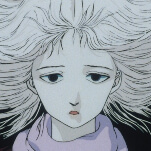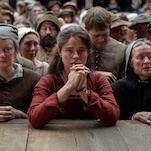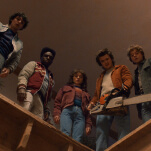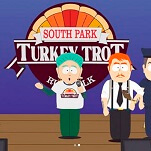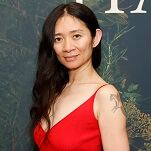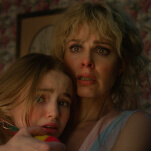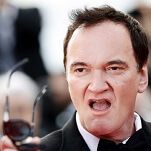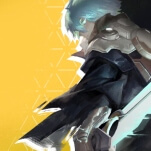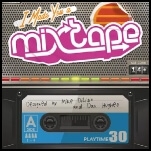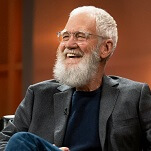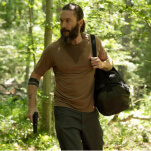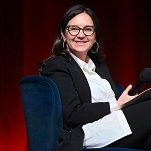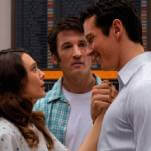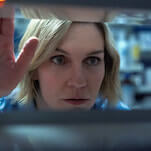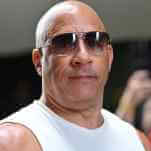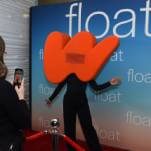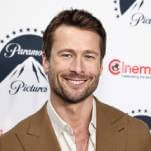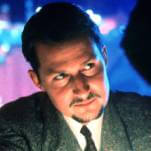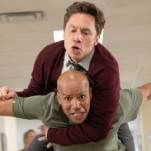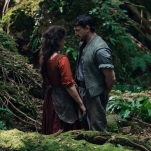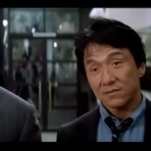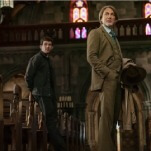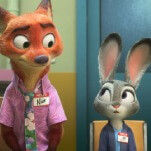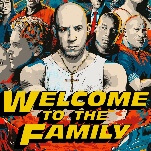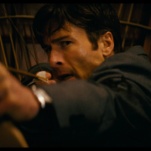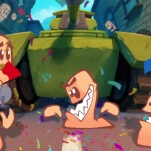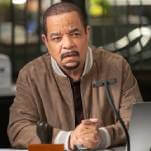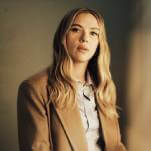The Twilight Saga: Breaking Dawn—Part 2

From the start, the Twilight film series has struggled with the dearth of external conflict presented in its source material. This isn’t a problem for fans of Stephenie Meyer’s bestselling book series, who can recall every thought and emotion behind the many, many protracted stares exchanged between characters, while those not indoctrinated into Meyer’s world are left to wonder why everyone in the film appears to be in constant gastrointestinal distress. The Twilight films have undertaken a difficult balancing act, attempting to take the small-scale, low-stakes emotional content that drives the majority of the book series and translate it into the sort of engaging action that drives a blockbuster movie franchise. The series’ preceding four entries have only been successful at doing so in fits and starts. Breaking Dawn—Part 2 comes as close as the film series has gotten to reconciling the epic romance it’s billed as and the self-aware camp-fest it often hints at wanting to be, but it’s still a messy, unwieldy slab of film product that’s targeted directly at fans of the book series, with little regard for anyone else.
Picking up directly after the events of Breaking Dawn—Part 1, which ended with Kristen Stewart’s Bella giving birth to a half-human/half-vampire baby before dying and being resurrected as a vampire, Part 2 opens with Stewart acclimating to her new immortal life with her now-husband Edward (Robert Pattinson). This means lots of poorly rendered vampire gymnastics—this series has unfortunately never applied much of its considerable budgetary heft to its CGI—and candlelit romance in the Pottery Barn catalog the undead couple calls home. But it also means figuring out how to close the door on Stewart’s human life and the people in it, a significant predicament that’s quickly waved away in a half-assed conversation that essentially amounts to, “Just go with it, okay?”

